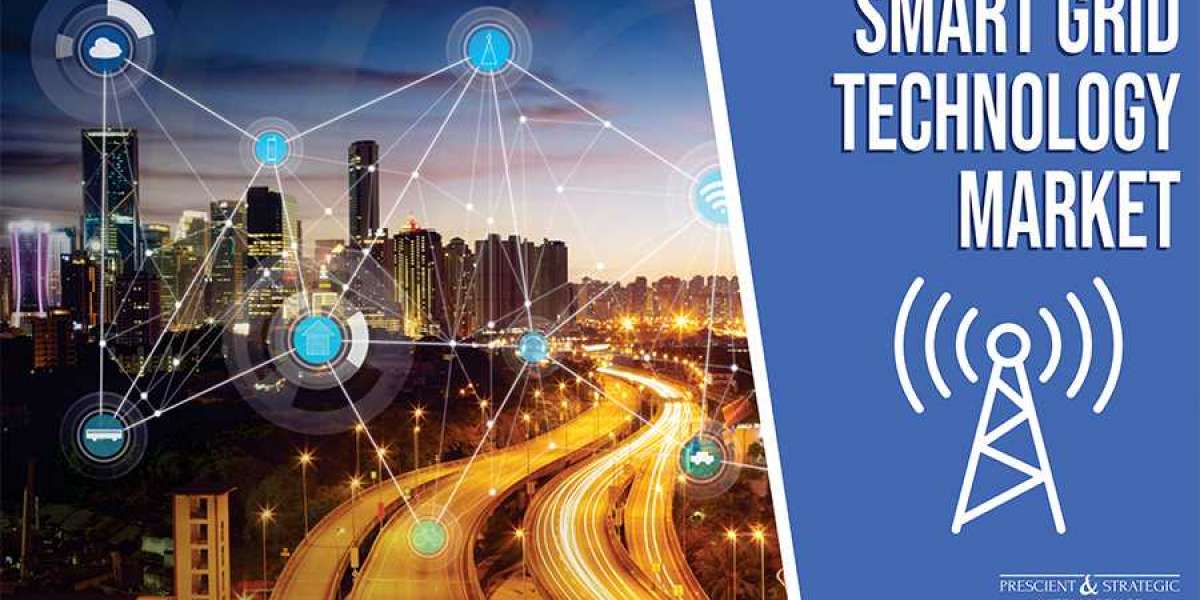The need for reducing carbon footprints is increasing day by day, as the pollution levels across the globe are on a rise. The excessive dependence on energy that is generated from fossil fuels has led to current energy crisis, which is why it is important to shift the focus towards energy conservation and resources that produce clean power. Due to these factors, research development has been going on for coming up with solutions that can aid in conserving energy without compromising on its surging demand across the globe.
These activities have resulted in the development of smart grid technology, which can be defined as the digital technology that enables two-way communication between customers and the utility. Smart grid has a number of benefits, including efficient transmission of power, decreased management and operational cost for utilities and customers, increased integration of renewable energy systems, enhanced security, decreased peak demand, and swift restoration of electricity after power disturbances. It is because of these advantages that the global smart grid technology market is predicted to advance at a significant pace in the years to come.
Various types of individual components are included under the smart grid technology, namely smart power meters, intelligent appliances, super conducting cables, smart outstations, phasor management units, and integrated communication systems. These components are responsible for optimizing and monitoring peak loads, establishing two-way connection between end user and electricity provider for any problems regarding maintenance and automatic billing process, providing power outage history, and reliable and safe delivery of energy. In addition to this, these components also aid in providing customer preferences on electricity consumption and identifying faults for the entire transmission line. While the installation of smart grids is a capital-intensive process, it is environmentally and financially viable, considering long-term situation.
Services, software, and hardware are the three major components of the smart grid technology. Out of these, the demand for software components is predicted to be considerable high in the years to come. Types of software components are distribution management systems, advanced metering infrastructure, grid asset management, network substation automation, billing and customer information system, and grid security. Among all these, the requirement for distribution management systems has been substantial in the past due to their capability of offering safe, consistent, and proficient power by providing advanced analytics by integration of energy management system, outage management system, advanced fault and network analysis, and supervisory control and data acquisition.
Among different types of service components, the need for deployment and integration is considerably high due to the increasing requirement for smart grids. Geographically, North America has been the largest smart grid technology market in the past, which can ascribed to the early adoption of smart projects. Developed nations including Canada and the U.S. are investing extensively in the market. Other than this, Middle East and Africa is also exhibiting great potential for this technology because of the high availability of renewable and traditional energy resources.
In conclusion, the demand for smart grid technology is growing due to the rising energy crisis and surging demand for energy across the globe.








